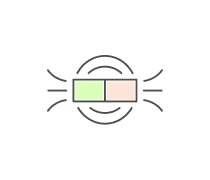Mastering Magnetism: A Physics Quiz on Magnetic Forces and Fields
2.
You may optionally provide this to label your report, leaderboard, or certificate.
×
Thank you for your feedback!
















